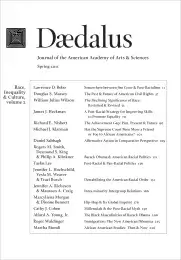The Achievement Gap: Past, Present & Future
Ten years ago, Congress passed the No Child Left Behind Act, which legislated that race and class gaps in academic achievement be eliminated by 2014. I am unsure whether the act was passed with the cynical knowledge that no such massive change could be accomplished so quickly or in the naive belief that sheer will and a little money could suffice to achieve it. In any case, it is clear that we will not make the deadline. Will we ever?
The class and ethnic gaps are revealed by all types of testing, including for both academic skills and IQ, and the barriers in the way of reducing the gaps are large. Moreover, it is doubtful that the social-class gap can ever be brought to zero, if for no other reason than that people with more money will always see to it that their children get more and better education than people with less money. There is however plenty of evidence (which I review below) indicating that much can be done to reduce the social-class gap.
How about race and ethnic gaps? There is not much evidence about the possibility of closing the gap between Hispanics and whites, but there is plenty of evidence relevant to the possibility of closing the gap between blacks and whites. That is the gap I focus on in this essay.
Is there at least a partially genetic basis to the intellectual gap between blacks and whites? Many, if not most, Americans harbor a suspicion that this may be the case, including many highly educated . . .
